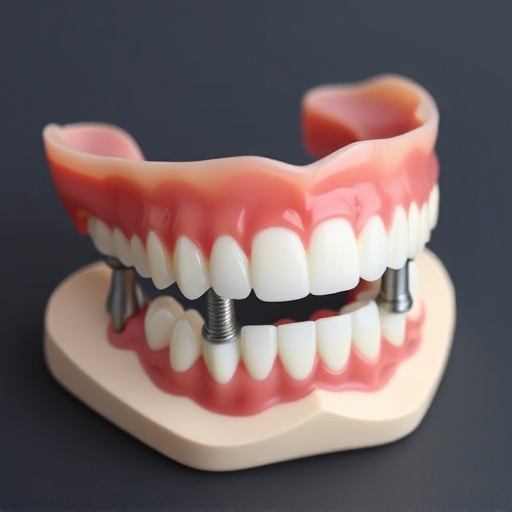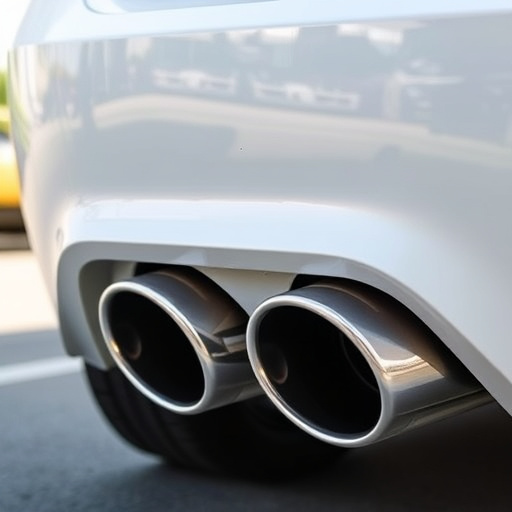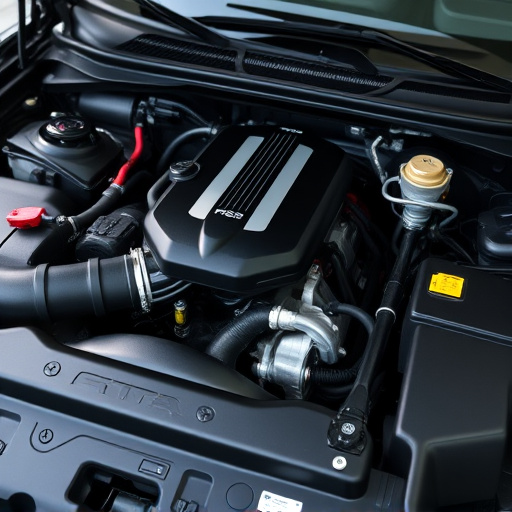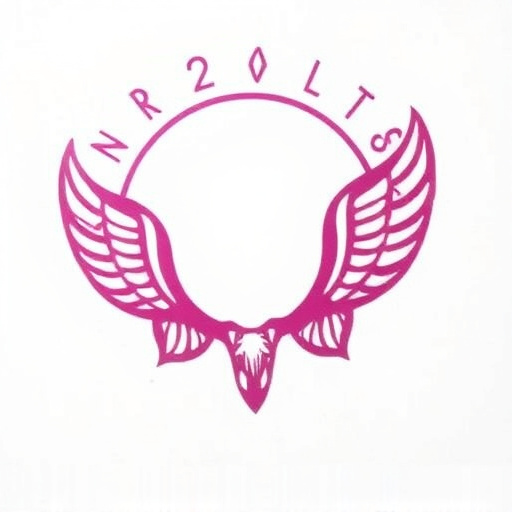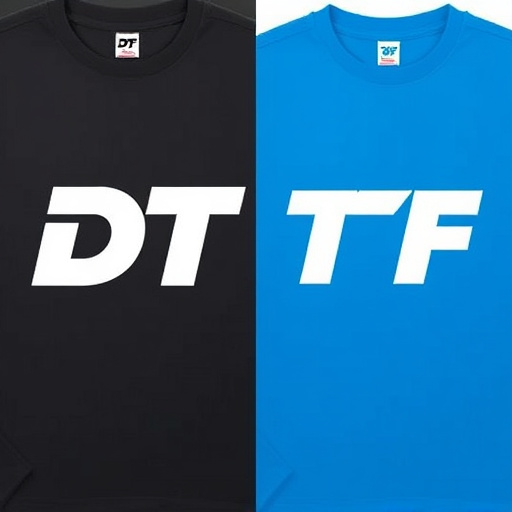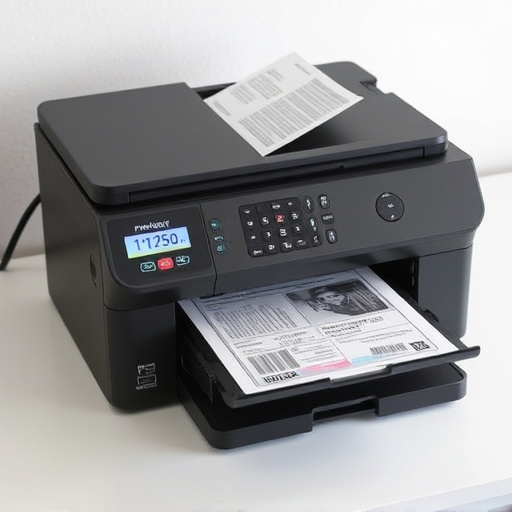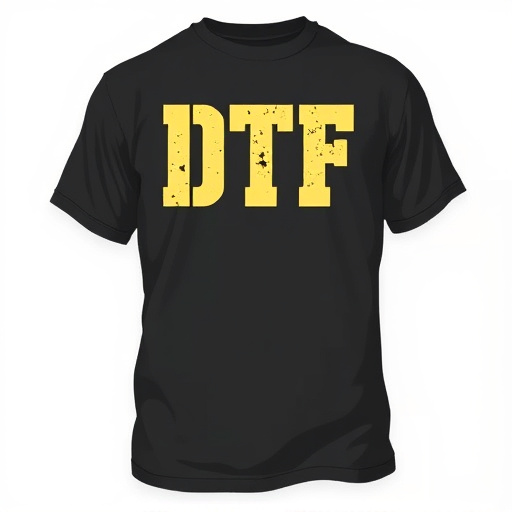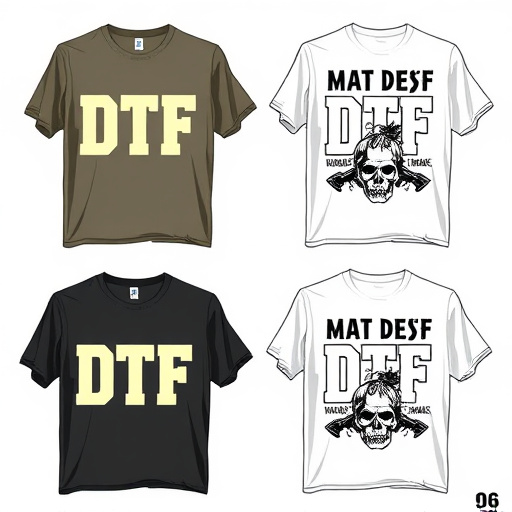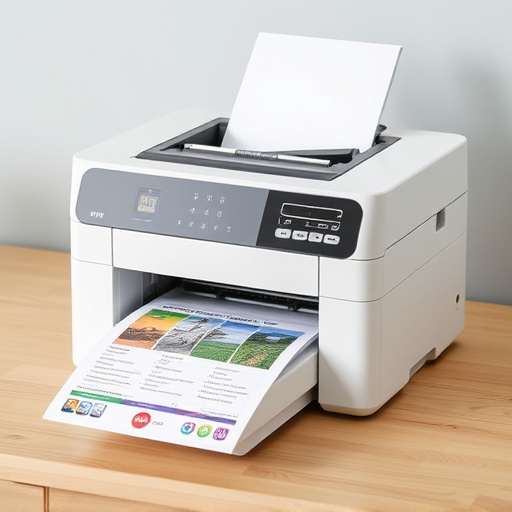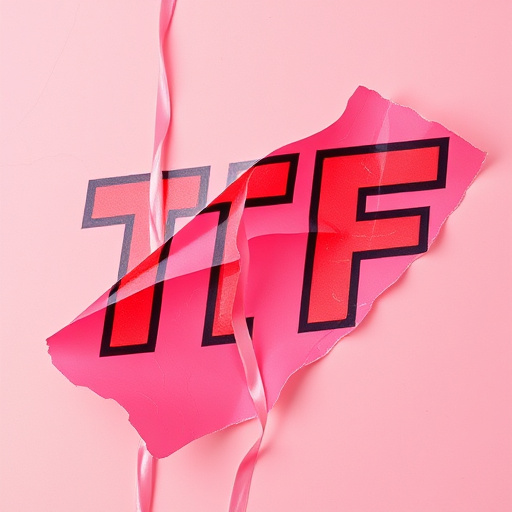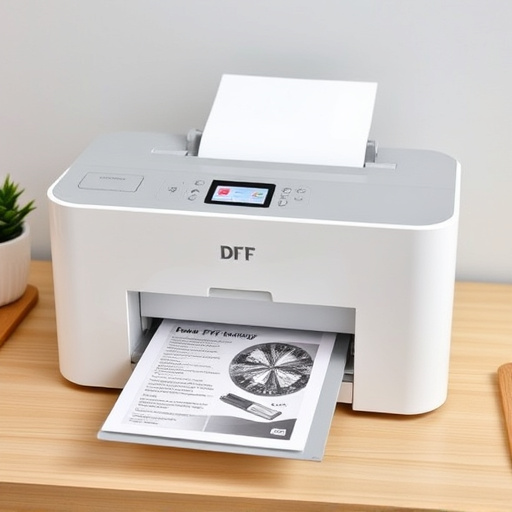Choosing the right fabric for DTF (Direct-to-Fabric) shirt printing is key to achieving high-quality results. Opt for smooth, tightly woven materials like 100% cotton or polyester blends for optimal ink transfer and crisp prints. Avoid rough fabrics that can cause smudging or uneven printing. Adhere to manufacturer guidelines for print settings and transfers by size to maintain precise color reproduction. Different fabric types have unique properties affecting print quality and longevity, so understanding these nuances ensures consistent, visually appealing results in DTF shirt printing.
“Avoid common pitfalls in DTF shirt printing and elevate your designs with our comprehensive guide. From choosing the wrong fabric, which can lead to poor print quality and color distortion, to design and file preparation mistakes that cause blurriness or cropping, every step matters. Learn why selecting the right fabric is crucial for exceptional results. Discover best practices for design resolution and format, ensuring your art translates perfectly to shirts. Don’t skip quality control; our tips will help you catch issues early. Achieve professional-grade DTF shirt printing with these essential precautions.”
- Choosing the Wrong Fabric
- – Common issues with different fabric types for DTF printing
- – Importance of selecting suitable material for desired print quality
Choosing the Wrong Fabric
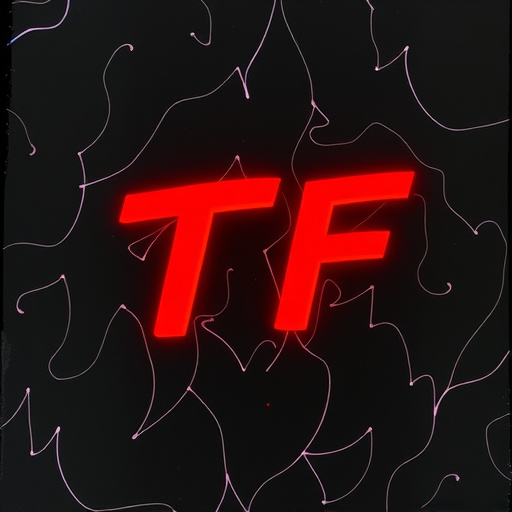
When it comes to DTF shirt printing, one of the most common mistakes makers make is selecting the wrong fabric. Just like with any printing project, understanding your material is key to achieving high-quality results. Different fabrics have varying levels of absorbency and texture, which directly impact how well your design transfers and ultimately looks on the final product.
For DTF (Direct to Fabric) printing, look for shirts made from smooth, tightly woven materials like 100% cotton or polyester blends. Avoid rough, loose-knit fabrics as they can cause smudging or uneven ink transfer. Additionally, pay attention to the recommended print settings and dtf transfer by size guidelines provided by your printer manufacturer. Using UV dtf transfers and uploading your own gang sheet can also help ensure precise color reproduction and crisp details on a variety of fabric types.
– Common issues with different fabric types for DTF printing
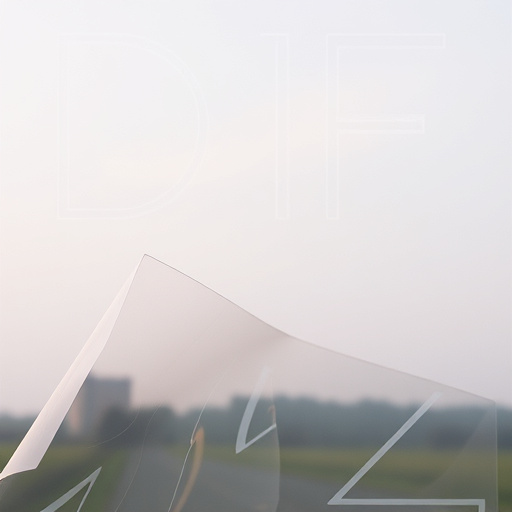
When it comes to DTF (Direct to Fabric) shirt printing, understanding the nuances of different fabric types is crucial. One common mistake many beginners make is assuming all fabrics are created equal. Each material has unique characteristics that can significantly impact print quality and longevity. For instance, while poly-cotton blends offer a smooth surface ideal for crisp prints, 100% cotton provides better absorbency but may require specific care to prevent ink bleeding or fading.
Another issue often encountered is choosing the wrong fabric type for your DTF application instructions. Different fabrics have varying porosity and stretch levels, affecting how ink adheres and sets during the heat press process. For dtf small orders or larger batches, selecting the appropriate material in advance ensures consistent results. Following recommended heat press settings tailored to each fabric type will also prevent damage or dissatisfaction with the final printed products.
– Importance of selecting suitable material for desired print quality
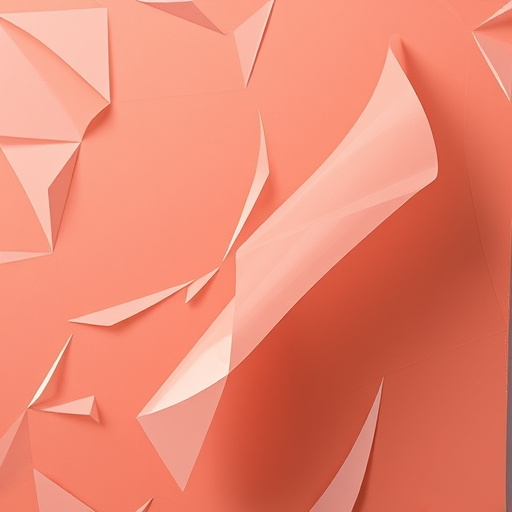
Choosing the right material is a fundamental step in achieving excellent print quality for DTF shirt printing. The fabric’s composition and weight directly impact how well your design translates onto the garment. For instance, 100% cotton or a poly-cotton blend are popular choices as they allow for vibrant colors and detailed prints. Heavier fabrics provide a smoother surface, ensuring sharp lines and fine details are not compromised. Conversely, using lower-quality materials might result in fading, distortion, or roughness in the final print, compromising the overall aesthetic.
Selecting material also considers cost-effectiveness, especially with direct to film (DTF) transfers. Some fabrics may be more suitable for specific printing techniques and offer better value. For example, lighter fabrics might be more compatible with certain DTF transfer by size options, making them a cost-efficient choice without sacrificing quality. Understanding these nuances ensures that your final product meets both visual expectations and budget requirements in the realm of DTF shirt printing.
When it comes to DTF shirt printing, avoiding common mistakes is key to achieving high-quality results. Choosing the right fabric is paramount; different materials offer varying levels of compatibility with DTF printing techniques. By understanding the unique properties of each fabric type and selecting the most suitable option for your design, you can prevent issues like ink bleeding, poor adhesion, or unacceptable print clarity. Remember, the foundation of a great print lies in the choice of fabric, so take the time to research and choose wisely for optimal DTF shirt printing outcomes.



